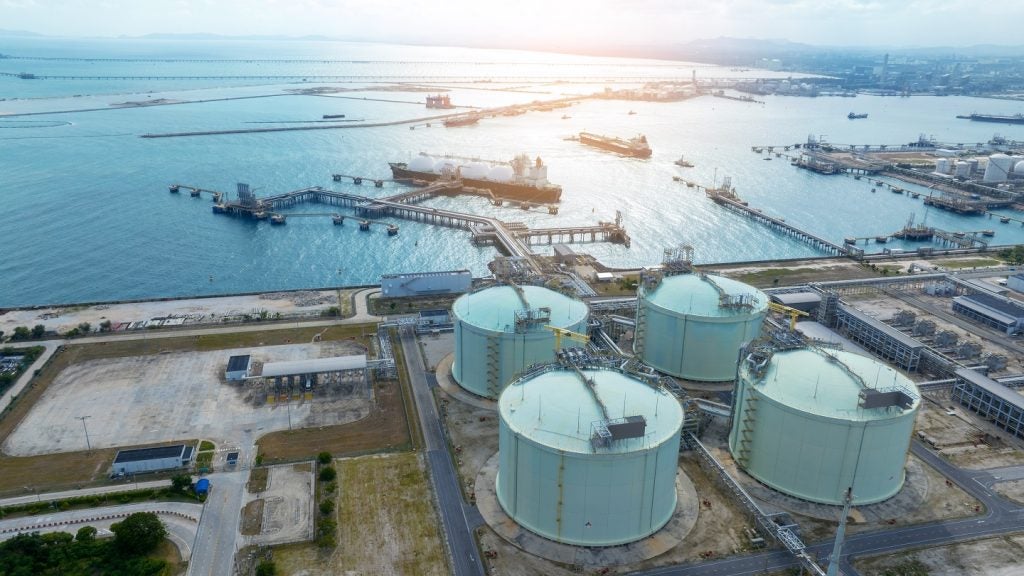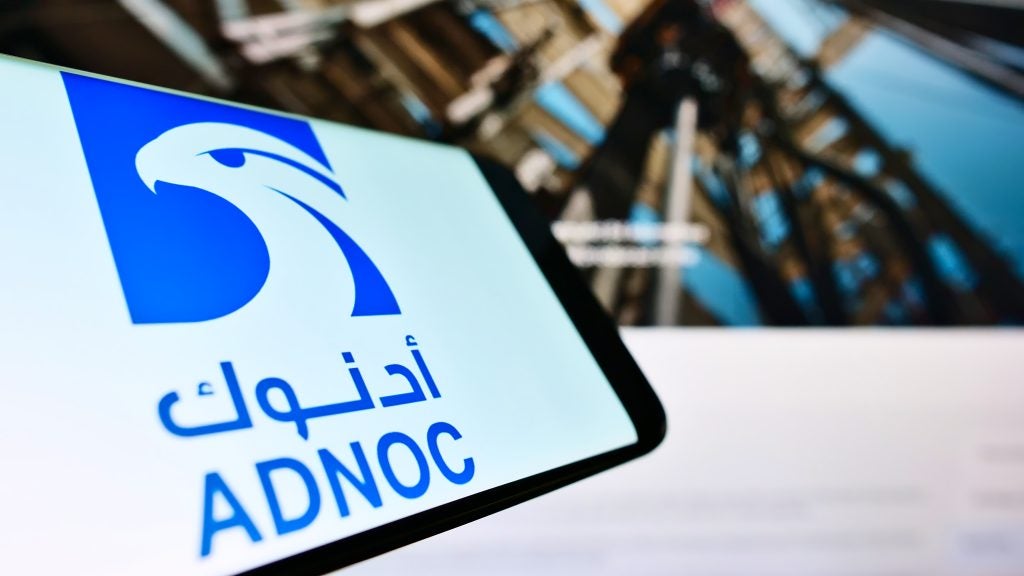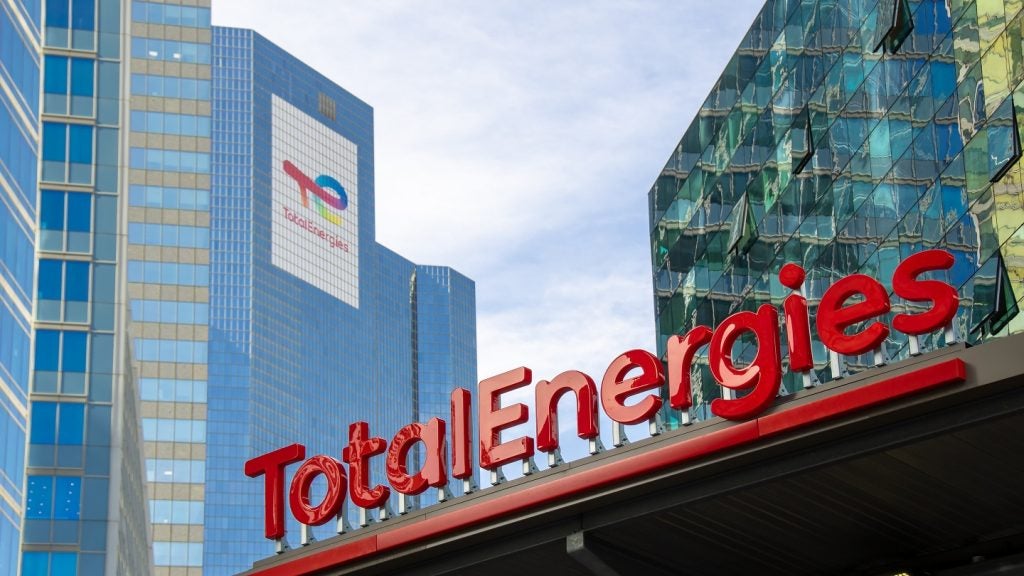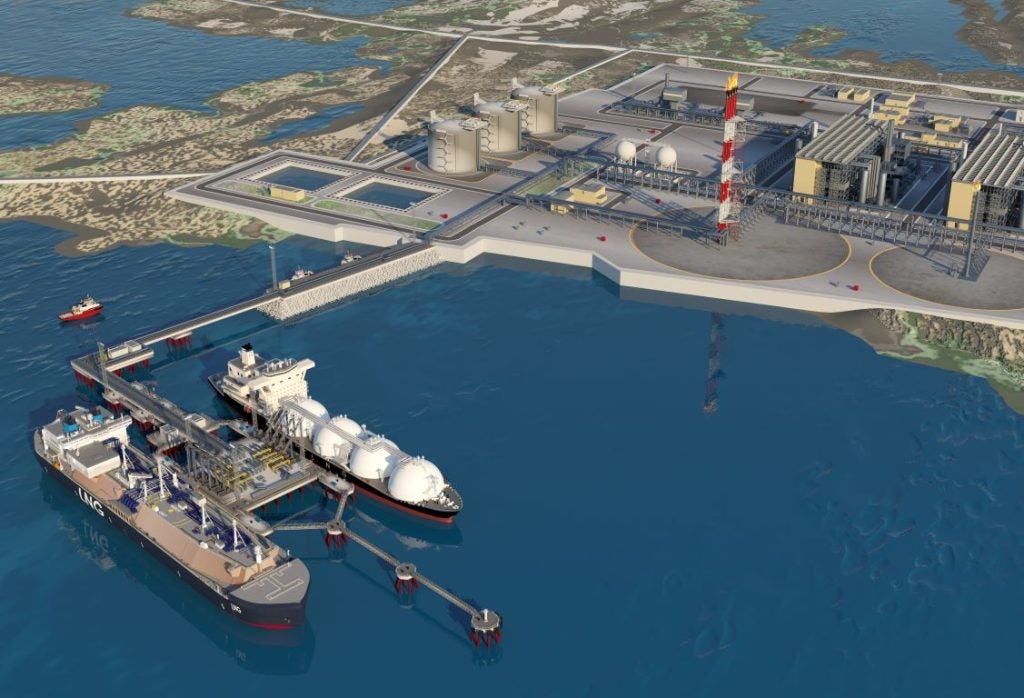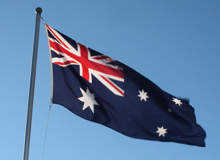
Asia’s huge demand for cleaner fuels has given the global oil and gas industry clear incentive to develop cleaner fuel technologies. It bodes particularly well for Australia, which has recently implemented a strong carbon trading policy that will offset its oil production by 2020 and in turn increase the country’s employment levels.
With fresh investment from Australian oil and gas companies, the country is perfectly positioned to develop its liquefied natural gas (LNG) projects, which will in turn help increase the global usage of natural gas – a clean fuel with less house gas (GHG) emissions than other more traditional power sources. Australia currently contributes 9.37% towards the global liquefaction capacity, which is set to increase to 13.9% if all its planned liquefaction terminals commence operations on schedule.
According to a new report from market analysts GlobalData, Oil Price Recovery and Demand for Cleaner Fuels is Rejuvenating Investments in the Australian LNG Industry, Australia’s rich natural gas reserves and high liquefaction capacity look set to make the nation a leading global LNG exporter by 2015.
Climbing the global LNG league table
Australia has the second-largest gas reserves in the Asia Pacific region. Natural gas reserves in Australia increased from 77,776.5 billion cubic feet (bcf) in 2000 to 87,443.8bcf in 2008. This increase was primarily down to the successful identification of new reserves, which have helped Australia reach its current position of fifth-largest exporter of LNG in the world.
The production from new terminals such as Pluto LNG project (4.8 million tons), Gorgon LNG (15 million tons) and Ichthys LNG (8 million tons), will rapidly increase Australia’s LNG exports. With this in mind, experts predict Australia could become the second-largest LNG producing nation by 2015.
How well do you really know your competitors?
Access the most comprehensive Company Profiles on the market, powered by GlobalData. Save hours of research. Gain competitive edge.

Thank you!
Your download email will arrive shortly
Not ready to buy yet? Download a free sample
We are confident about the unique quality of our Company Profiles. However, we want you to make the most beneficial decision for your business, so we offer a free sample that you can download by submitting the below form
By GlobalDataThe top five LNG exporters in the world are Qatar, Indonesia, Malaysia, Algeria and Trinidad and Tobago. This order is based on long-term LNG supply commitments. Qatar leads the way with an export volume of nearly 40 million tonnes of LNG, but by 2015 a new LNG world order will emerge with Indonesia and Algeria being replaced by Nigeria and Australia.
For Australia, this rise in the world league table will be heavily driven by exportation – mainly to Japan, which will import nearly 74% of its contracted LNG from Australia, Malaysia and Qatar. This has the potential to change the face of the global LNG trade during the course of the next six years.
Beating the credit crunch
The global liquidity crunch during the end of 2008 and early 2009 has affected the progress of numerous LNG projects worldwide. Not least in Australia, where delays have occurred to many of the country’s major LNG projects. In October 2008, Woodside Petroleum and Chevron announced delays to new projects worth $70bn. Woodside’s proposed Browse LNG and Chevron’s Gorgon LNG in Northwest Australia were particularly affected. In the same month, Royal Dutch Shell and ExxonMobil also modified timelines for the construction of their new Australian LNG plant, also part of the Gorgon project.
The recent recovery in crude oil prices, however, is encouraging oil and gas companies to renew their interest and investment in Australia’s LNG projects.
In May 2009, Australia Pacific LNG proposed a large coal seam gas-based LNG project in Queensland with an investment of $24.9bn. Royal Dutch Shell, which has stakes in Australia’s largest LNG plant, the North West Shelf Venture, has also invested in proposed Gorgon, Browse, Sunrise and Prelude LNG projects.
Furthermore, Royal Dutch Shell also plans to invest in LNG projects in Western Australia. In February 2009, the company initiated feasibility studies for setting up an LNG plant in Curtis Island, Queensland. The other major investors in this project are BG Group, ConocoPhillips and Santos.
During the same month, BP also increased its LNG production due to the demand from its new LNG trains in Egypt and Western Australia – the company also plans to add more LNG trains in Australia over the following medium-term period. Meanwhile, ExxonMobil is planning LNG plants at Australia’s Scarborough Gas project offshore. Santos has also made significant progress towards its final investment of $6.2bn in the LNG project in Queensland.
A new face for Australian exports
Governments worldwide are focusing on adopting fuels with lower GHG emissions. Massive investment has been made by companies worldwide to develop enhanced carbon capture techniques, which can reduce emissions from power generation and oil and gas refineries.
Likewise, automobile emissions are being addressed through hybrid vehicles, fuel cells or using LNG as a fuel. The use of natural gas can therefore be applied to residential and commercial space heating applications as well as transportation – all of which is boosting the global demand for LNG.
Australia resides in a strong position to leverage on this growth. The country remains one of the world’s largest exporters of coal and iron ore but its renewed carbon policy will cut domestic crude oil production by 2020. The development of its LNG industry therefore offers alternate employment to deflect the impact of the reduction of its coal and iron ore sector.
The recovery of oil prices has provided sufficient impetus to global oil and gas companies to pursue the stalled LNG projects in Australia.
These investments will create 50,000 new jobs and will also offset 180 million tons of carbon dioxide being emitted every year due to usage of LNG. The current investments in Australia to convert coal seam into LNG, along with other planned projects, could therefore make Australia the second-largest exporting nation by 2015.
The report is available to purchase via GlobalData’s Report Store: http://www.global-market-research-data.com/.



